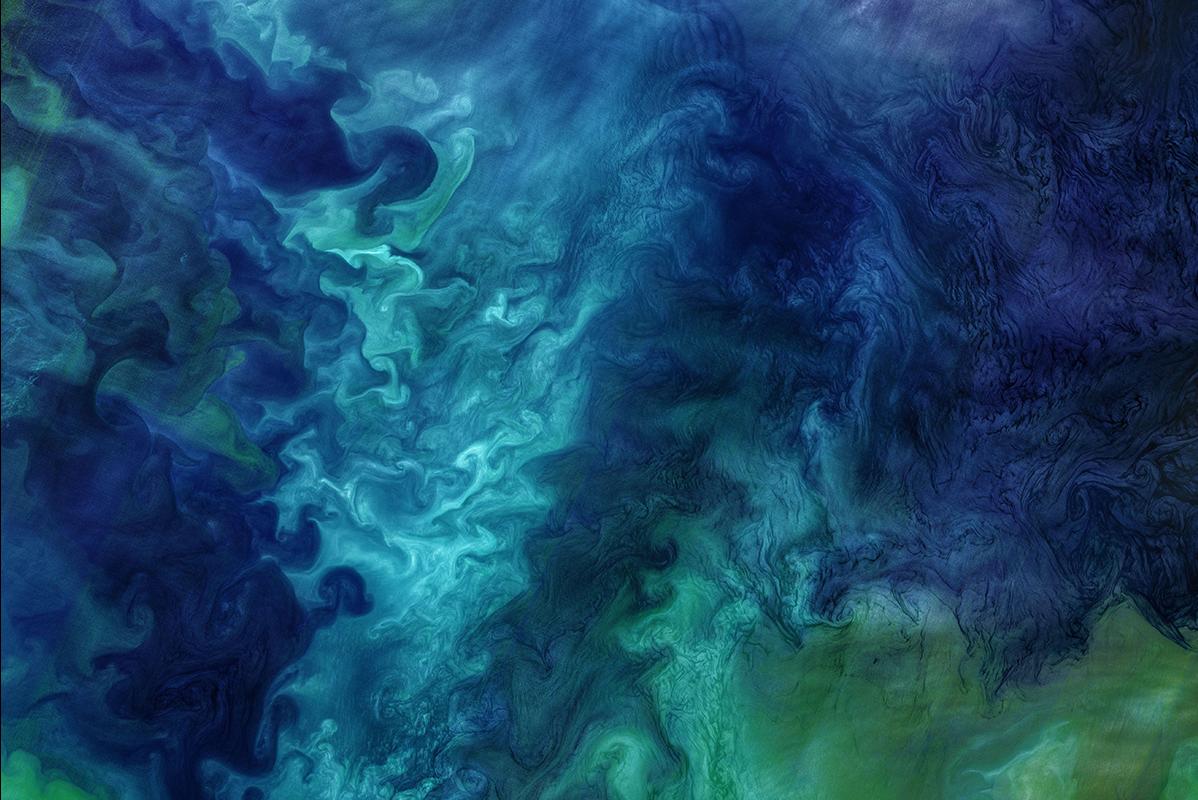
Nine Ways NASA is Solving Water Problems Around the Globe
World Water Day reminds us not to take for granted the clean water we rely on. And in space, we treat every drop as a precious resource, prompting investment in technologies to conserve and reuse. Now, these innovations are hard at work here on Earth! From discovering hidden water sources to advancing purification techniques, check out the different ways NASA is changing how we use and manage the water in our lives.
Microbial Check Valve
A water disinfection unit known as the Microbial Check Valve, which passes water through a bed of iodinated resin, was invented in the 1970s for drinking water on the space shuttle, and it was updated to be self-regenerating in the 1990s for use on the International Space Station. The Microbial Check Valve is now central to water purification units that have been deployed across India, Mexico, Pakistan, and other countries, including hundreds of remote village locations. It also led to the popular DentaPure cartridge that has been purifying waterlines in dental instruments around the world for almost 30 years.
Radar Imaging to Locate Well Sources
In 2002, an exploration geologist who was using Earth imagery from NASA’s Spaceborne Imaging Radar to locate underground resources realized the images could also lead him to subterranean moisture. He set about developing the WATEX System at his company, Radar Technologies International, and in 2013 the system uncovered a vast aquifer with tens of trillions of gallons of water beneath a parched corner of northwest Kenya. The technology has now helped to place 2,500 wells, many of them in drought-stricken regions, with a 98% success rate for finding water.
Water Testing App
After NASA developed a simple coliform bacteria test for astronauts to test water on the International Space Station, an agency environmental engineer worked with his wife and a software engineer to develop the mWater smartphone app that let users carry out a coliform bacteria test based on the one NASA had created, as well as other simple water tests. The app could then share the results through mapping software. Governments, nonprofit organizations, and water providers in 180 countries now use mWater test kits and apps to test drinking water and record, share, and track water data.
Filter Born from Astronaut Drinking Water Standards
Since its early days, NASA has explored various water purification technologies to provide drinking water for astronauts. In the early 2000s, with SBIR funding from the agency, Argonide Corporation optimized a filtration technology called NanoCeram, which uses a combination of positively charged microscopic alumina fibers and activated carbon to trap microorganisms and other contaminants. NanoCeram has since been incorporated into lab-quality filters, water bottles, portable humanitarian units, industrial water purification, and even a water-recycling shower.
Microbial Contaminant Sterilizer
An early water purification technique NASA explored was the use of silver ions to neutralize microbial contaminants. In the lead-ups to the Apollo missions and then the space shuttle, the space agency commissioned the design and construction of silver ion generators to sterilize the water that was a by-product of the spacecrafts’ fuel cells, ensuring it would be safe to drink. NASA never flew the technology, but the agency published details about the inventions, which have provided a basis for commercial product lines including in-home water filters and water softeners, as well as systems for pools, spas, cooling towers, ponds, boilers, and hospitals.
Groundwater Remediation
After NASA discovered large amounts of chlorinated solvents in the groundwater around a historic launch complex at Kennedy Space Center, scientists at the center came up with a unique method for removing these pollutants – which are now banned but were also once used by a variety of industries. In the 20 years following its patenting, NASA has licensed this formula, known as emulsified zero-valent iron, or EZVI, to several businesses that have used it in environmental cleanups all over the country. One of the Kennedy engineers later invented a similar technology for removing polychlorinated biphenyls, or PCBs, another common pollutant, from groundwater. A company that formed to license that technology in 2017 is already carrying out cleanups around the world.
Filtration by Osmosis
In 2007, NASA learned of a Danish company working on water filtration based on membranes infused with aquaporins – the proteins that let water pass through cell membranes one molecule at a time. Always interested in better water purification technology, NASA became the company’s first paying customer, funding the development of prototypes and then working with the European Space Agency to test the membranes on the International Space Station. The company, Aquaporin A/S, now sells under-sink water purifiers in Europe and India, and its forward osmosis modules are cleaning industrial and municipal wastewater.
Tools to Monitor Farm Water Use
The best way to calculate agricultural water use isn’t to measure how much water is diverted to cropland, but to measure evapotranspiration from the plants and soil. A tool called EEFlux, built by researchers in the 2010s, was among the first to use Earth-imaging data from NASA-built satellites to calculate evapotranspiration. It helps manage water resources in dry areas like California. A similar commercial method from Tule Technologies has helped some California farmers cut their water use by up to half. In 2021, NASA and partners debuted the OpenET online platform that lets users calculate evapotranspiration anywhere in 17 western states. The tool is helping farmers and local governments work together to conserve scarce water resources.
Thrusters Powered by Electrolyzed Water
For all the ways NASA helps purify and conserve water on Earth, it is still, first and foremost, the world’s premier space agency. As such, it has also worked to use water as a rocket fuel – one that could be obtained on other planets, moons, and asteroids for deep-space travel. An electric current can separate water into hydrogen – NASA’s rocket fuel of choice – and oxygen, which helps it burn. In 2019, the company Tethers Unlimited unveiled the first commercial thrusters powered by electrolyzed water, which it developed with years of funding from the space agency. The technology is first going into commercial satellites, which will use it to maintain or change their orbits.
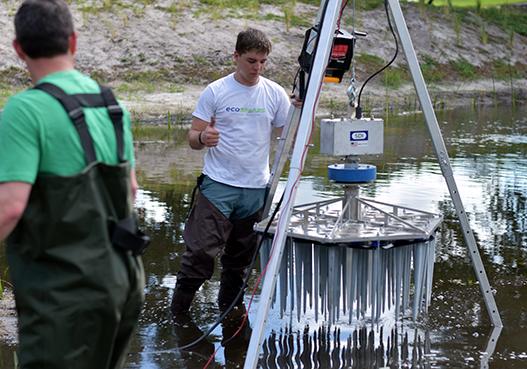
A mat of ecoSPEARS spikes filled with a NASA-developed formula removes toxic polychlorinated biphenyls (PCBs) without damaging the aquatic ecosystem. Credit: Gagan Cambow, ecoSPEARS
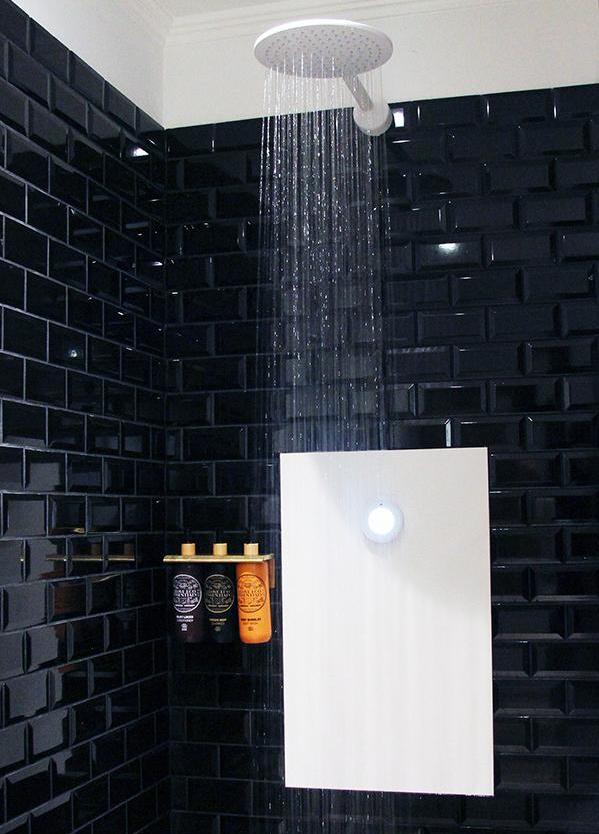
Orbital Systems’ Oas shower is the world’s first water-recirculating shower. It was inspired by a university’s partnership with NASA and is enabled by NanoCeram filter technology, which NASA helped fund with an eye toward improving astronaut life-support systems. Credit: Orbital Systems

The Pod+ water bottle from nkd LIFE uses a filter medium developed and tested with the help of NASA funding, known as NanoCeram and now marketed as Disruptor, to purify water on the go, removing 99.97% of contaminants and accommodating a high flow rate. Credits: nkd LIFE Ltd.
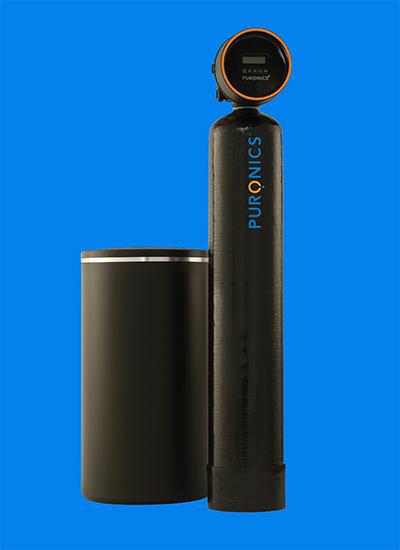
The Puronics Defender whole-house water conditioner uses silver-ion technology based on work NASA did in the run-ups to the Apollo and space shuttle missions. Positively charged silver ions neutralize bacteria in the unit’s filter beds. Credit: Advanced Cascade Water Systems Inc.
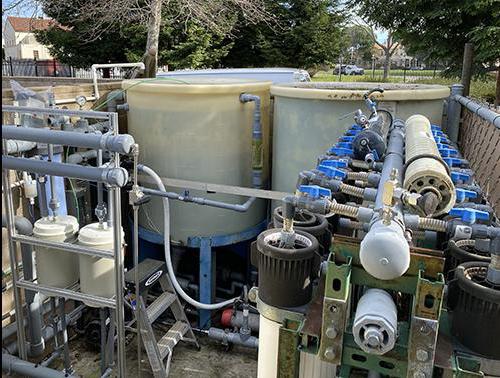
In the gray water reclamation system at Ames Research Center’s Sustainability Base, the two beige Aquaporin HFFO14 forward-osmosis modules on the left have as much filtration capacity as the entire legacy system on the right. Credit: Aquaporin A/S
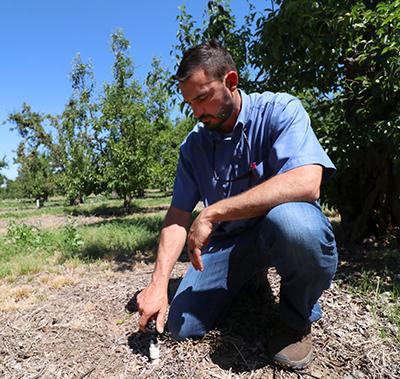
Brett Baker checks a sprinkler on his family’s pear farm. Farms like his in California’s Sacramento-San Joaquin River Delta have to monitor their water use, but accurate estimates were nearly impossible until the advent of OpenET, a platform that uses Landsat data to determine the total amount of water evaporated and transpired from a given area. Credit: Environmental Defense Fund
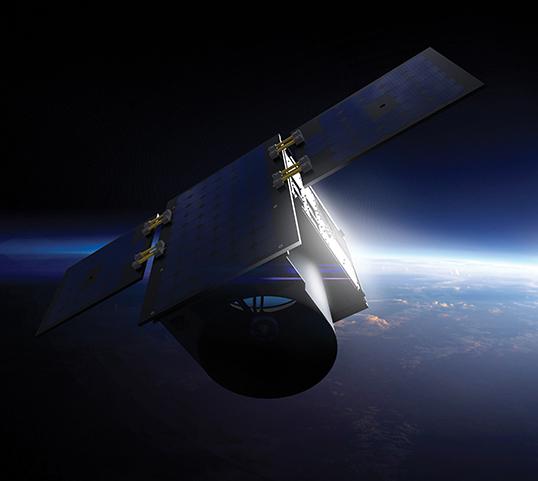
Millennium Space Systems bought Tethers Unlimited’s first three water-electrolysis engines by helping to fund the technology’s final stage of development through NASA’s Tipping Point solicitation. The thrusters were to fly on Millennium’s Altair small satellites. Credit: Millennium Space Systems

Regardless of the amount of winter ice cover, the waters off of the Alaskan coast usually come alive each spring with blooms of phytoplankton. These blooms can form striking patterns of blue and green seawater, such as those visible in this image of the Chukchi Sea acquired on June 18, 2018, by the Operational Land Imager (OLI) on Landsat 8. Credit: NASA/U.S. Geological Survey/Norman Kuring/Kathryn Hansen










